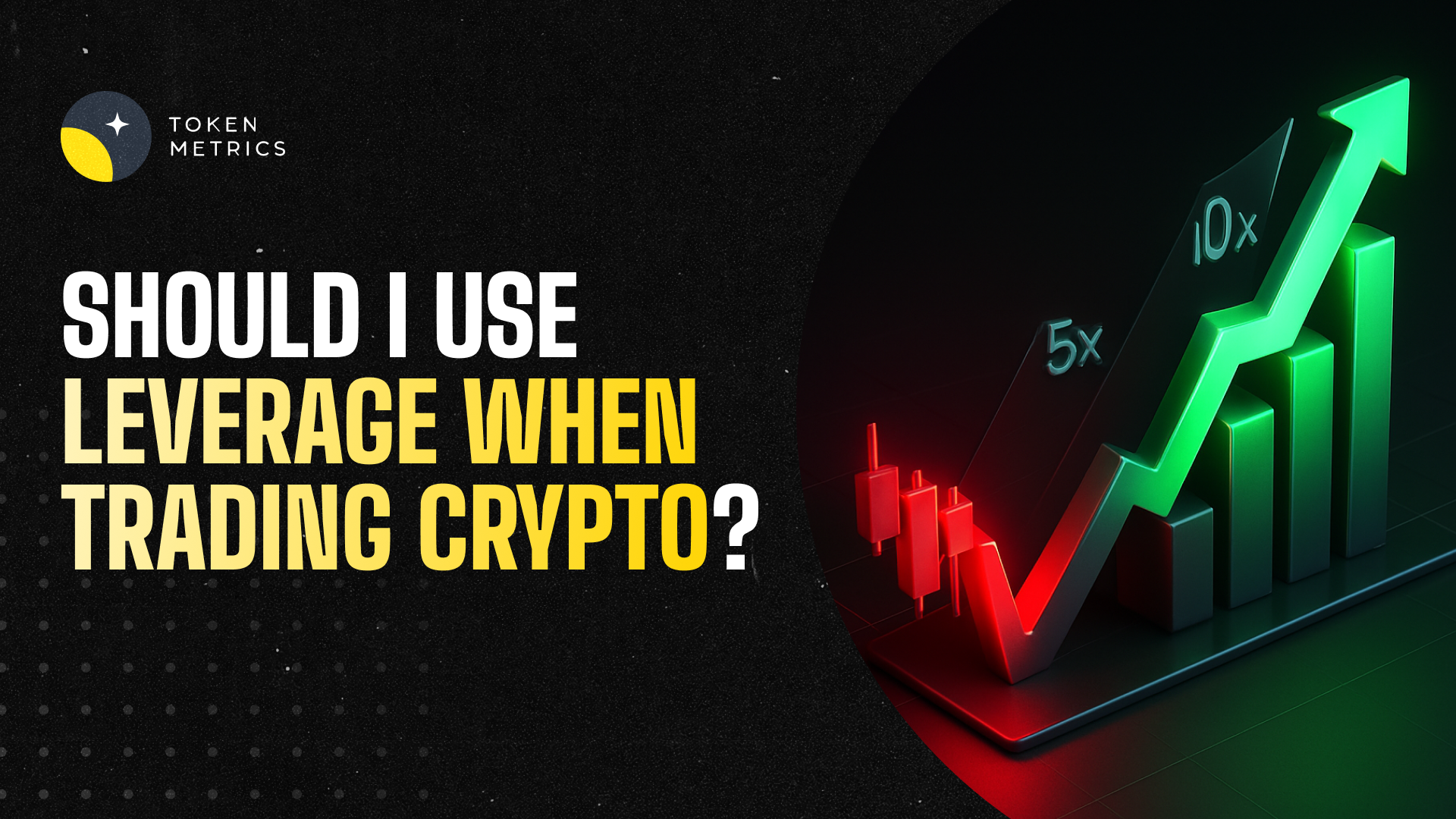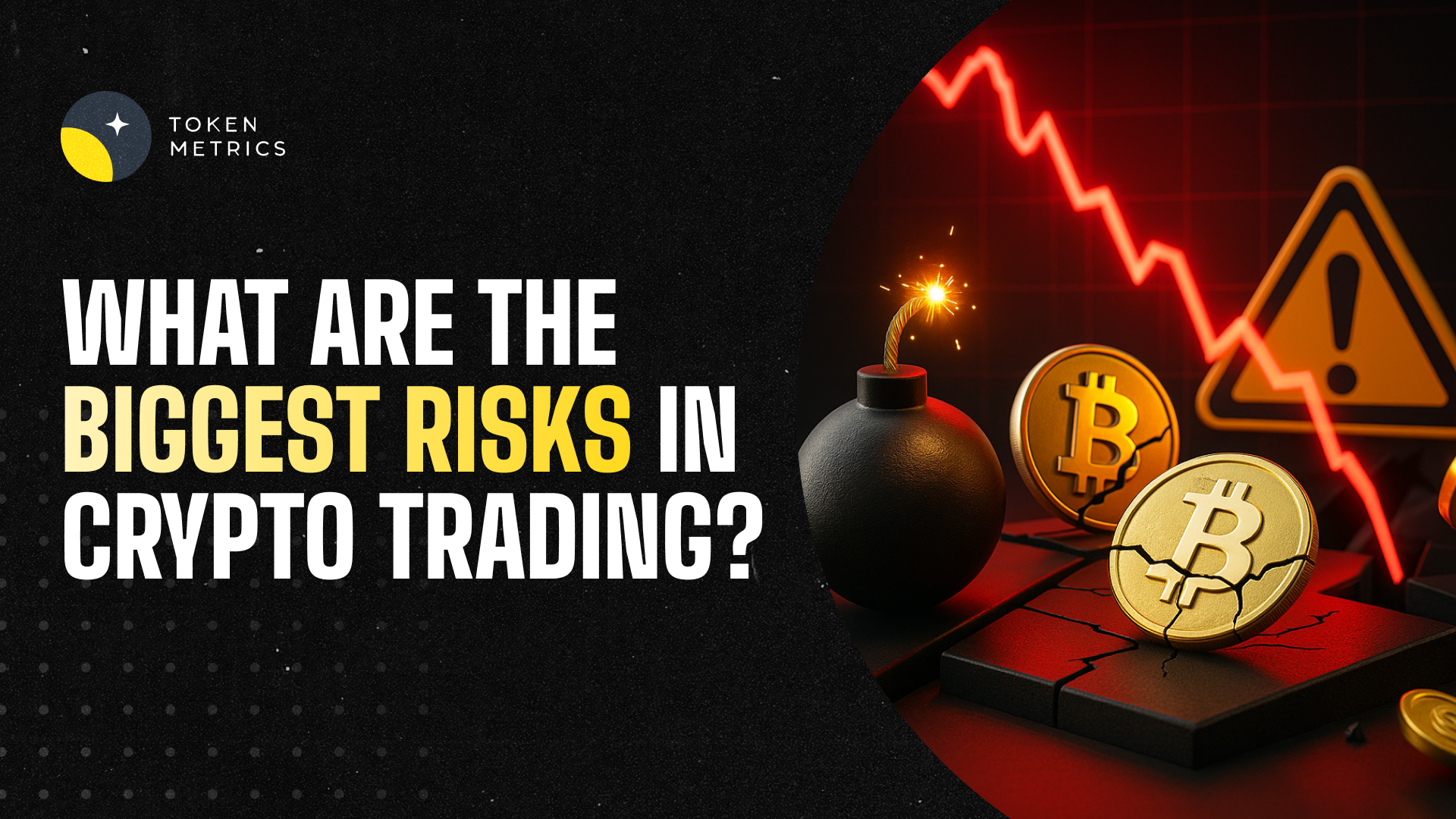
When Does the Crypto Market Close? [Answered]

There are a few reasons why people might want to know the closing time of the market. First, knowing the closing time can help traders plan their buying and selling activities around the times when the market is most active. This can help them take advantage of price movements and increase their chances of making profitable trades. Second, knowing the closing time can also help investors manage their risk by allowing them to set limits on their trading activities. For example, an investor may want to avoid holding positions overnight in case of significant price movements while the market is closed.
If you want to trade cryptocurrencies, you may be wondering when the crypto market closes. We're here to provide the answer to that question and more.
When Does the Crypto Market Close?
The cryptocurrency market, unlike the stock exchange, does not close. Crypto markets are open 24/7, so you can buy, sell, and swap cryptocurrencies anytime you want. The 24/7 nature of the cryptocurrency market is a significant advantage for traders and investors. Because the market never closes, traders can respond to news and events as they happen, rather than having to wait for the market to open. This allows for more flexibility and can potentially lead to better trading decisions.
Additionally, the continuous trading activity in the crypto market can lead to increased liquidity and tighter spreads, which can make it easier for traders to buy and sell cryptocurrencies at the prices they want. This can be especially beneficial for investors who want to take advantage of short-term price movements or who need to execute large trades quickly.
Furthermore, the fact that the crypto market is always open can be useful for traders in different time zones. Because the market never closes, traders in any part of the world can access it and make trades at any time. This is particularly useful for traders who may not be able to trade during normal market hours due to work or other commitments.
What Time of Day is Crypto-Popular?
Cryptocurrencies are most commonly traded between 8:00 am and 4:00 pm in local time. As a rule of thumb, the market tends to see most of its activity take place on weekdays during the times in which the US stock exchange is open.
Strategies for Day Trading Crypto
The day trading method involves trading one or more shares during a given day to earn profits. It is buying and selling an asset (in this case, a cryptocurrency) within the same day or multiple times over the day. This allows the trader to take advantage of small price moves, which can be very lucrative. To thrive in crypto day trading, keeping your eye on the charts, analytics, and community announcements is very important. Token Metrics provides many of these valuable insights, thanks to our AI and Machine Learning models.
The strategy of day trading contrasts the popular buy and hold, aka HODL strategy, but it does have certain benefits for traders. It is essential to have a well-planned strategy for day trading to succeed in maximizing profits.
Range trading is a common strategy for day trading cryptocurrencies. This involves monitoring the market for drastic changes in price and volume, and buying and selling accordingly. For example, if you notice that the volume of a particular cryptocurrency has increased significantly, you may want to buy it when it reaches an oversold level and sell it when it reaches an overbought level. By doing this, you can take advantage of short-term price movements and potentially profit from them. It's important to remember, however, that the small market caps of many cryptocurrencies make them susceptible to manipulation by large buyers, so it's essential to carefully monitor the market and make informed trading decisions.
Another popular strategy is employing bots to automate your crypto investments. Certain platforms allow traders to customize trading bots to buy low and sell high. Platforms like these use bots to read the markets and let traders break from constantly tracking the blockchain themselves. Similarly, scalping allows traders to benefit from small price movements. Many scalpers use bots to accumulate smaller gains by buying and selling a crypto asset within seconds. Scalping tends to necessitate a larger bankroll to benefit to a greater extent.
The final way in which crypto traders can take advantage of day trading is through arbitrage. Arbitrage involves buying a cryptocurrency on one exchange market and selling it on another where a price discrepancy exists. The fact that the crypto market is unregulated allows for price discrepancies to take place between trading exchange markets. This means a specific cryptocurrency may sell for more on one market than another. This is known as trading the spread. A spread is the difference in a coin's buy and sell price on different platforms.
Traders must consider trading fees when using any day trading tactic, as trading fees may wipe out gains from multiple transactions.
Key Takeaways
The cryptocurrency market is non-stop. Crypto traders are not limited to trading hours, like stock or bond traders. There are a multitude of ways in which crypto traders can take advantage of the ever-changing market by implementing day-trading strategies. It is important to understand the volatility and risks that come with trading cryptocurrencies. It is best to take a measured approach when trading and investing in crypto, and do your own research to understand what tactics would provide significant profits and help achieve your investing goals.

.svg)

Create Your Free Token Metrics Account

.png)




%201.svg)
%201.svg)


%201.svg)














.svg)




.png)